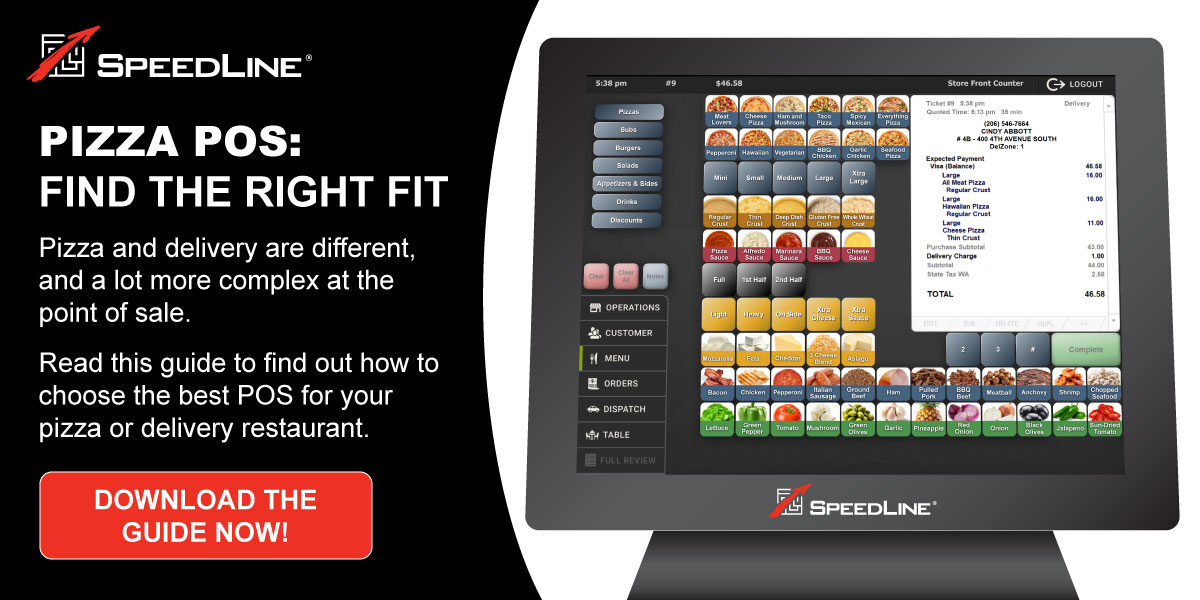Cash
Cash is one of the most reliable and widely used forms of payment for businesses. Due to the carry limit and ease of use, cash is most used by small businesses looking to avoid transaction fees or those that mostly process smaller transactions. On average, people carry less than $40 cash in their wallets, which is good to keep in mind when deciding your accepted payment methods.
| Pros | Cons |
|
|
|
|
|
|
|
|
|
Best Practices
- Aim to offer cash in addition to other payment options.
- Implement clear procedures to ensure that cash is effectively handled (no one likes running out of $20 bills halfway through the day) while minimizing the risk of theft.
Credit and Debit Cards
Credit and debit cards are the other most used form of payment for businesses. Its traceability and immediacy make it an attractive option for most businesses that accept the processing fees. In fact, research shows that people spend up to 83% more when using a credit card or debit card than if they pay with cash.
| Pros | Cons |
|
|
|
|
|
|
|
Best Practices
- Implement EMV PIN pads that offer a range of payment options. (For example, approximately 50% of Americans use at least one form of contactless payment, such as Tap.)
- If your state or region has any specific tender surcharges, make sure this is clearly communicated to prevent any disputes or chargebacks.
- Have a backup solution in place in case your Internet connection fails.
Checks and e-Checks
Checks were once the go-to payment method for many transactions. Although still around, its usage is typically limited to larger transactions that exceed the limits of cash and credit cards. In some use cases, checks have been replaced with an Electronic Funds Transfer method. More commonly known as an EFT, this is an umbrella term that refers to any kind of payment that’s made electronically, such as eChecks, eTransfers, and wire transfers.
| Pros | Cons |
|
|
|
|
|
|
|
Best Practices
- Consider the size of transactions at your place of business, and determine if it’s worth the risk of accepting checks or electronic payments.
- If your business accepts checks, train your staff to recognize the signs of a fraudulent check.
Mobile Payments
Approximately 45% of Americans under the age of 55 use digital or mobile wallets to make payments. Quickly increasing in popularity during COVID-19 due to being a contactless form of payment, mobile wallets deposit funds relatively quickly, and allow business owners to track key user actions, such as shopping history, interests, and coupon code redemption. The primary drawback is that it isn’t commonly used with people over age 55 (only 22%), and it requires customers to have an Internet connection–either through their data plan or through Wi-Fi provided by your restaurant.
| Pros | Cons |
|
|
|
|
|
|
Best Practice
- Set up a strategy to use the data captured through mobile payments to market deals and drive customer loyalty.
Gift Cards and Store Credit
Gift cards and store credit are excellent ways to encourage people to spend at your store. Although it allows you to be flexible instead of providing direct refunds, it can be expensive to purchase any additional processing software to accommodate gift cards.
| Pros | Cons |
|
|
|
|
|
|
Best Practices
- Use a POS system that allows you to process multiple gift cards and payment types for a single transaction.
- Use as an incentive for marketing campaigns and to nurture customer relationships over time.
Custom Payments
Custom payment is a general term that describes alternative forms of payment such as split payments, split tender, and loyalty programs. Although some businesses can get away without offering custom payment options, they’re a necessity for pizza restaurants interested in providing flexible and convenient payment options for their customers. Keep in mind that custom payments (such as split payments) can lead to higher credit card fees and may require POS software specific to your business model.
| Pros | Cons |
|
|
|
|
Best Practice
- Research different pizza POS software to understand what’s available.
Conclusion
Different payment methods offer unique strengths and weaknesses depending on the goals of your business. In this post, we covered the six most common payment types along with their pros, cons, and best practices to help you make an informed decision for your restaurant. To learn more about implementing the payment methods that best suit your business’s needs, read the Simple Guide to Payment Processing Pricing Models.
Posted on Wed, Jan 25, 2023 @ 08:01 AM.
Updated on January 25, 2023 @ 4:34 PM PST.


